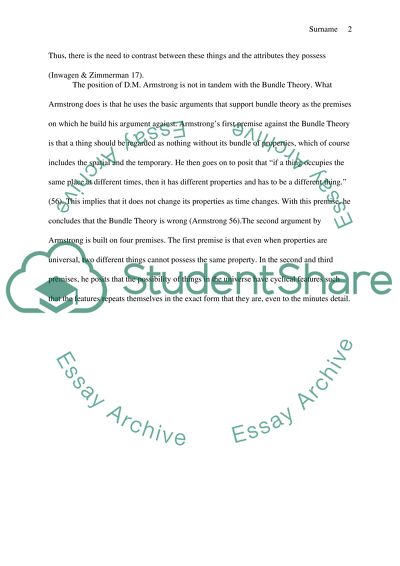Cite this document
(“Metaphysics Term Paper Example | Topics and Well Written Essays - 1500 words - 1”, n.d.)
Metaphysics Term Paper Example | Topics and Well Written Essays - 1500 words - 1. Retrieved from https://studentshare.org/miscellaneous/1575662-metaphysics
Metaphysics Term Paper Example | Topics and Well Written Essays - 1500 words - 1. Retrieved from https://studentshare.org/miscellaneous/1575662-metaphysics
(Metaphysics Term Paper Example | Topics and Well Written Essays - 1500 Words - 1)
Metaphysics Term Paper Example | Topics and Well Written Essays - 1500 Words - 1. https://studentshare.org/miscellaneous/1575662-metaphysics.
Metaphysics Term Paper Example | Topics and Well Written Essays - 1500 Words - 1. https://studentshare.org/miscellaneous/1575662-metaphysics.
“Metaphysics Term Paper Example | Topics and Well Written Essays - 1500 Words - 1”, n.d. https://studentshare.org/miscellaneous/1575662-metaphysics.


